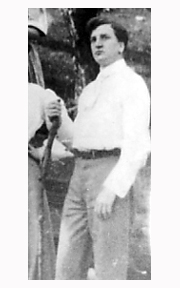
The Commissioner of Public Markets, Weights, and Measures of the City of New York was a cabinet-level post appointed by the mayor of New York City during World War I, when foodstuffs were in short supply and people began hoarding. The goal was to "set fair prices for meat and fish." [1] The commissioner had jurisdiction over all public markets, market places, and all auctioneers. [2] The office started after World War I and in 1968, the Department of Markets (as it was by then known) was merged with the Department of Licenses by (Markets) Commissioner Gerard M. Weisberg to become the Department of Consumer Affairs.